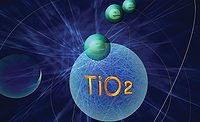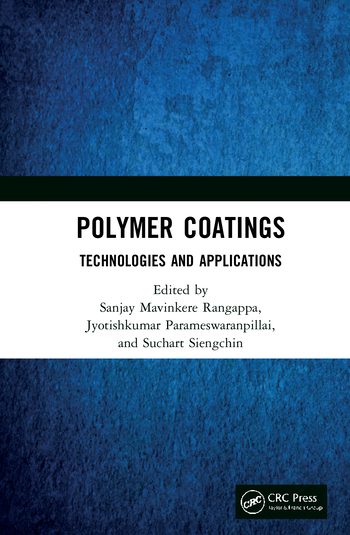The Dilemma for North American TiO2 Consumers


FIGURE 1 >> 2016-2020 Chinese export price differential (indexed to period average).
Source: 10Qs/TiPMC Estimates/Ferroalloynet/Global Trade Tracker

FIGURE 2 >> 2016-2020 Chinese export volumes.
Source: Global Trade Tracker



The TiO2 industry experienced a strong increase in sales during 3Q20, gaining approximately 4% in sales outside of China. Despite reduced utilization rates, TiO2 prices in North America have remained stable through the pandemic for multi-national producers, while the price of Chinese imports has dropped nearly USD400/t since the beginning of 2020. Despite the differential in pricing, Chinese producers have not been able to capture significant share in North America. Why?
TiPMC believes there are several major issues adversely impacting growth of Chinese imports into North America. These include chloride pigment availability, quality and consistency of product, available grades, local representation, local production, and available slurry products.
Lomon Billions has increased chloride production considerably, and they are reported to be improving quality and consistency. In North America, they have also provided local representation for years and offer a readily available universal coatings grade. However, these factors do not seem to be enough for North American consumers to take advantage of the price differential.
One reason may be related to the fact that production outside of China has not been favored by Chinese TiO2 producers. It is unlikely they will build any final-stage finishing within North America, even though most coatings customers require TiO2 in slurry form.
What Can Coatings Companies Do?
Value and margin stabilization initiatives have satisfied some TiO2 customers in the coatings segment, as the variability of Chinese pricing does not warrant the effort to qualify new products if current suppliers keep pricing stable. TiPMC believes current Chinese import pricing into North America is not sustainable, and increasing costs will further pressure depressed margins.
Coatings companies wishing to take advantage of the price differential may need to consider alternatives, including supporting final-stage product finishing in North America, both financially, technically and operationally.
As the TiO2 market strengthens post-pandemic, TiO2 consumers in North America will continue to be faced with the dilemma of how best to find reductions in TiO2 costs.
Looking for a reprint of this article?
From high-res PDFs to custom plaques, order your copy today!










